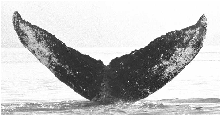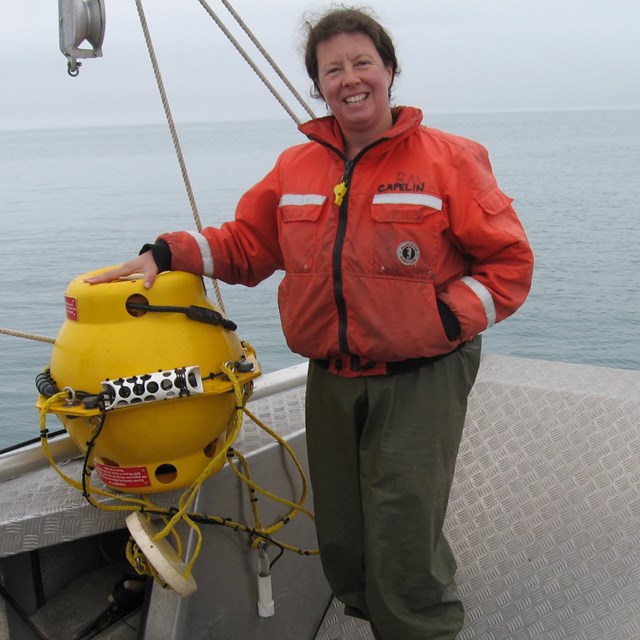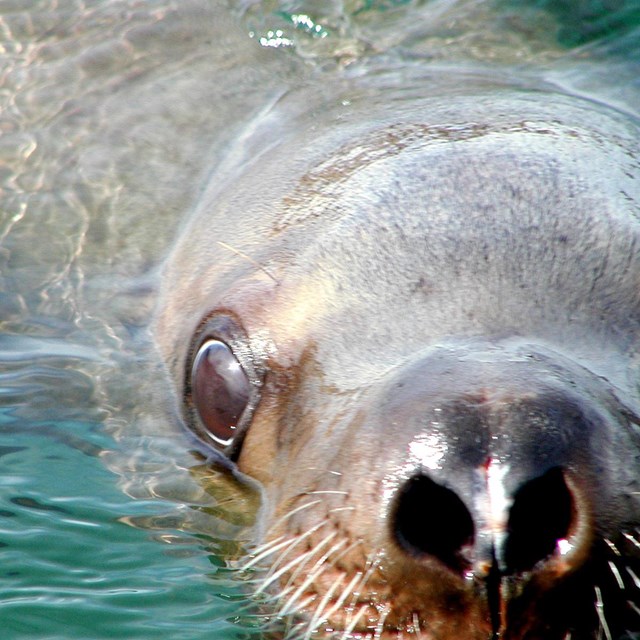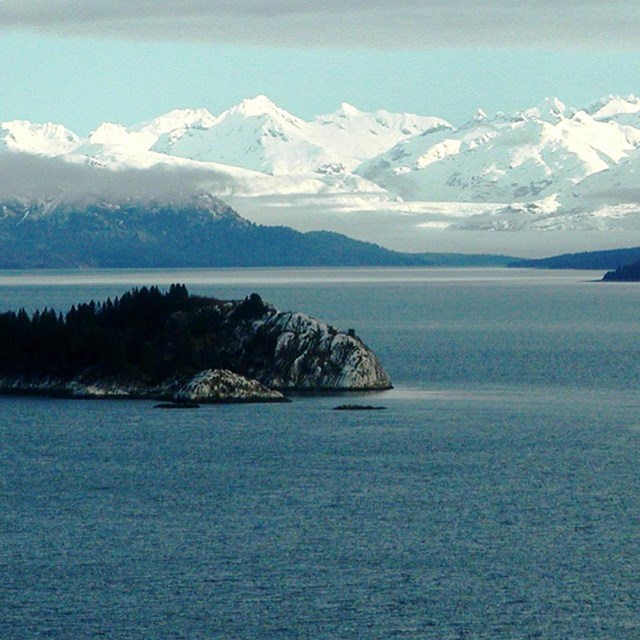|
Visit our keyboard shortcuts docs for details
The Humpback Whale Monitoring Program Humpback whale sightings were first reported in Glacier Bay in 1899; by the 1930s they were commonly seen in the Bay. Whale numbers typically rise in mid-June, peak in July and August, are somewhat lower in April, May and September and are lowest from October through March. The NPS has monitored and reported on humpback whale population characteristics from June 1 to August 31 each year since 1985 to document the number of individuals identified, residence times, spatial and temporal distribution, calf production, feeding behavior and human/whale interactions including strandings, entanglements in fishing gear and behavioral disturbance. The whale monitoring program also generates whale distribution data used to determine where and when "whale waters" vessel operating restrictions are needed during the summer visitor season. The whale monitoring program covers Glacier Bay and most of Icy Strait, but park waters west of Dundas Bay are not monitored. Biologists' overall concern is that disturbed whales use energy in reacting to ships, are diverted from previous activity (in Glacier Bay, mainly feeding) and may temporarily move away from preferred habitat or prey patches. It is not known whether whales that tolerate chronic noise exposure undergo stress or are otherwise deleteriously affected. As noted in the NMFS 1993 Biological Opinion, the long term effects of chronic disturbance on the whales' survival and reproduction may never be known. To protect endangered humpback whales from chronic disturbance in Glacier Bay, vessel management regulations are designed to allow NPS the flexibility to incorporate the latest knowledge about underwater noise, whale distribution and behavior into its management actions.
More Science In Action

Photo Identification Each whale's flukes have a distinct, stable black and white pigment pattern that allows researchers to distinguish individuals. Researchers photographically identified 237 individual humpback whales, including 10 calves, in Glacier Bay and Icy Strait during the summer of 2013. This is the highest number of whales documented since the monitoring program began in 1985. Forty-eight whales (14 in Glacier Bay and 34 in Icy Strait) were sighted on just one day. Research has shown that whales move between Glacier Bay / Icy Strait and other areas in Southeast Alaska, suggesting that the number of whales in all of these areas is interdependent. Mature female humpback whales typically reproduce at 2-year intervals, although there is considerable variability in calving intervals. Humpback Whale Research ArticlesThe humpback whale is an endangered migratory baleen whale that occurs in all ocean basins of the world. More than 28,000 North Pacific humpbacks were killed by commercial whalers in the twentieth century, reducing their population to approximately 1,000 animals by the mid-1960's. By the end of the 1965 hunting season, when the International Whaling Commission instituted a moratorium on commercial hunting of humpbacks, their worldwide population had dwindled from more than 125,000 before exploitation to an estimated 10,000. The humpback whale was classified as an endangered species in 1973 when the U. S. Endangered Species Act was implemented. At present, there is no precise estimate of the worldwide humpback whale population. Future Research In summer 2000, the NPS began monitoring underwater ambient noise and measuring the noise exposures experienced by marine mammals. The NPS will use the results to evaluate the effects of vessel speed and course on underwater acoustic conditions and determine what areas of the Park are subject to high acoustical impact due to sound propagation characteristics. In the meantime, the NPS requires cruise ships to submit underwater noise minimization plans, with the goal of reducing the duration or likelihood of whale disturbance. The acoustic monitoring program is designed to determine the physical and operational aspects of motorized vessels that minimize underwater noise, thereby informing the NPS of factors which could become part of the underwater noise minimization plans. Related Web Sites Humpback Whales of Southeastern Alaska National Marine Fisheries Service Alaska Region - Protected Resources Division Photographic Catalogue of Humpback Whales in British Columbia Hawai'i Marine Mammal Consortium Provincetown Center for Coastal Studies |
Last updated: May 7, 2025




